The Col du Galibier: The Tour's most iconic climb (video)
What makes this famous climb just so special?
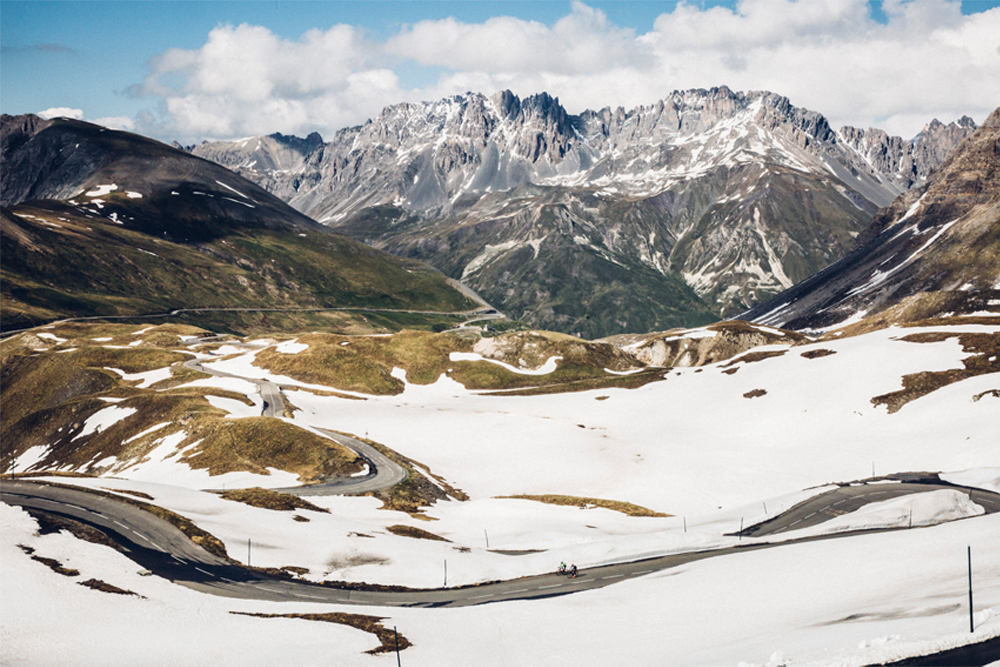
Photos by Daniel Gould
Alpe d’Huez is pretty unremarkable. There, I’ve said it. Take away the Tour de France and it’s just one of dozens of hairpin roads leading to an ugly ski resort in the French Alps, one of hundreds of roads that are famous thanks purely to professional cycling, places that we’d never know of were it not for a famous bike race.
The Mur de Huy is celebrated as the finale for Flèche Wallonne, as the Poggio is for Milan-San Remo. The empty cobbled farm tracks of Belgium and Northern France are exactly that for 364 days of the year.
There are, however, a few places that have that star quality of their own. Places that you don’t forget in a hurry. The Col du Galibier is one of them.
The very name ‘Galibier’ means something significant. These days it lends itself to a cycle clothing company, a PR firm, a capital management company, a Bugatti supercar, a minimalist house track, a management consultancy in Brisbane, and a turntable manufacturer in Colorado. All of them are trying to tap into a meaningful, semi-spiritual quality of this climb, with varying degrees of success.
Reaching 2,642m in altitude, for a long time it was the undisputed physical peak of the Tour de France.
A handful of Tour climbs are now higher, but none are so well renowned. While most places count the days until the return of the world’s biggest bike race, the Tour itself counts down the days until it can go back to the Galibier and have a little bit of the mountain’s magic sprinkled on it once again.
The highest-ever finish
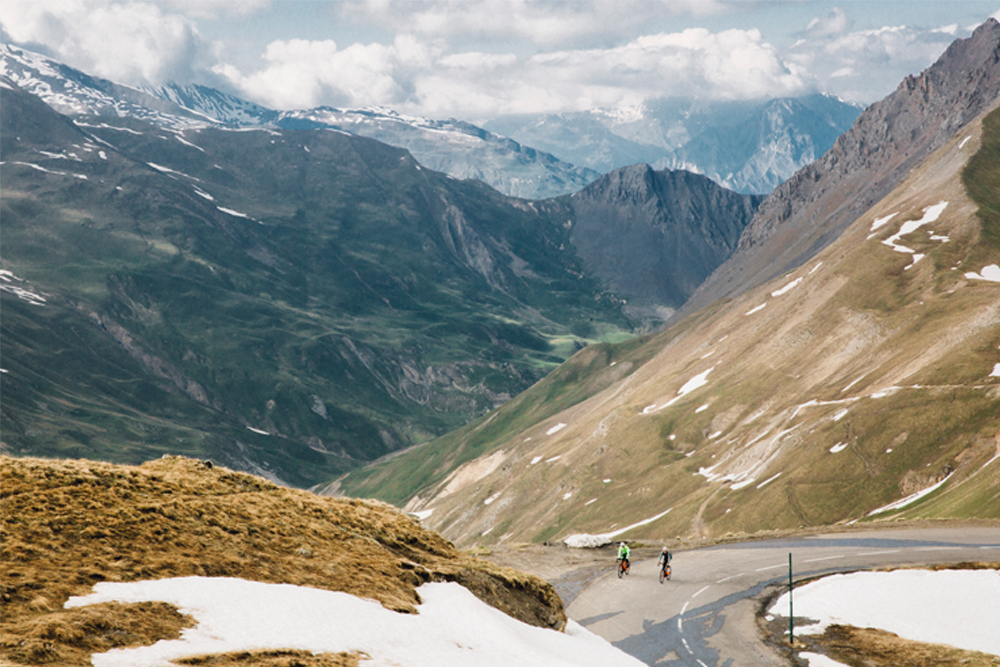
The first time the Galibier featured in the Tour de France, on July 10, 1911, only three riders got their crude single-speed bikes up the sloppy track to the summit without walking. The last time the mountain appeared was in 2011, 100 years and 11 days after its debut.
Get The Leadout Newsletter
The latest race content, interviews, features, reviews and expert buying guides, direct to your inbox!
Its scale is vast. It dwarfs even the most imposing of high mountain passes elsewhere in Europe. The Col du Tourmalet is half a kilometre lower in altitude, and the climb from the bottom to the top is half as long.
Alpe d’Huez is 20km shorter, and climbs just over half the vertical metres. To use a more domestic comparison, you would have to ride up Box Hill in Surrey more than 16 times to replicate the distance and vertical ascent.
>>> How much difference does weight really make to your climbing speed?
There are three ways up to the top of the Galibier; all three are over 30km and include another col to climb on the way up.
From Briançon or Bourg d’Oisans you head up the southern face via the Col du Lautaret (2,057m); from St Michel de Maurienne you tackle it from the north via the Col du Télégraphe (1,566m), a route that includes a morale-sapping 4km descent, forcing you to climb 165 vertical metres all over again.
One man who knows the Galibier well is Andy Schleck. Now retired, he took the most famous victory of his career in 2011 when the Tour de France finished on top of the col for the first, and so far only, time in its history. It remains the Tour’s highest ever summit finish.
“You don’t find any other climb that is comparable to Galibier,” he tells Cycling Weekly. “You are so, so high up. It’s not like one of these climbs where you look up and see the trees above you, you just go up and it’s like you’re riding into the sky.
“And then when you are at the top there is hardly any space; hardly space for a finish line, no barriers, just a small epic road that goes up there. The scenery and the small roads going to the top so high up is what makes it, for me, the most beautiful climb in France.”
One of the best pure climbers of his generation, Schleck conquered the Galibier on stage 18 of that year’s Tour with a long-range solo move from over 60km out, cresting the Col d’Izoard before dropping down into Briançon and tackling the Lautaret and Galibier, two cols he says go together “like gin and tonic”.
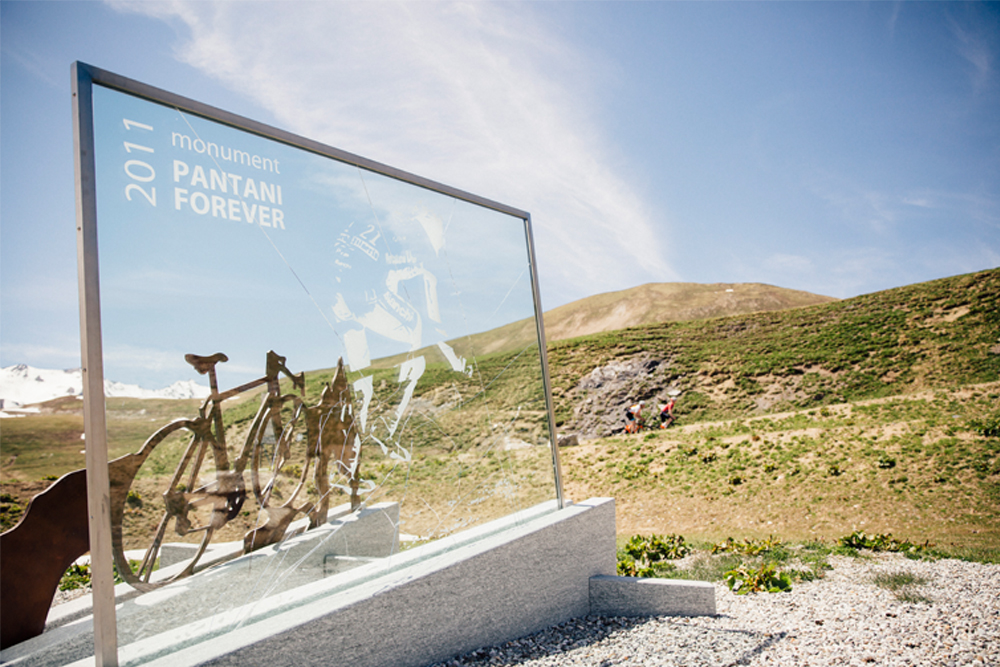
Even before the benefit of hindsight, it had the trappings of a ride that would go down in the history books. The Galibier is good at that. It hosted Fausto Coppi’s career-defining solo move on the way to the first ever summit finish at Alpe d’Huez in 1952.
It was where Marco Pantani made his Tour-winning move in 1998, a little speck of yellow and celeste in the sodden gloom, gliding up as others wallowed. A memorial now marks where he put in his attack.
A must-do
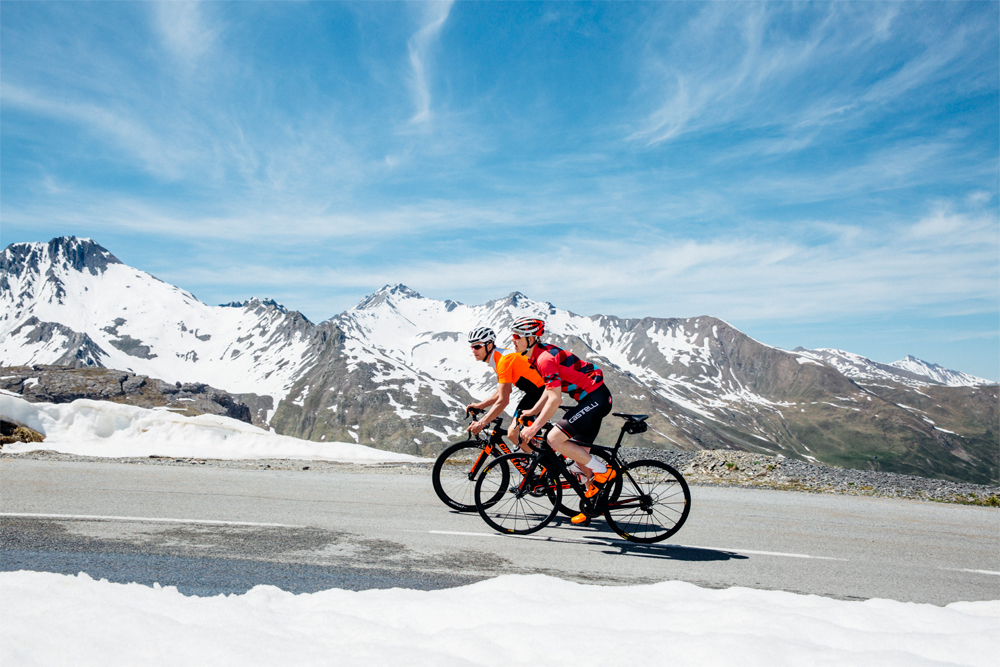
It’s easy for the scale of the Galibier to obfuscate just how hard it is. On the tougher, more famous north side, which has featured most often in the Tour de France, it’s 100 metres shy of 35km in length.
The average gradient is only 5.5 per cent, but that includes the downhill section from the summit of the Télégraphe into Valloire. In total there is 17km of climbing at over seven per cent.
All this begs the obvious question: why would anyone want to do it at all? Well, try to explain to your non-cycling friends what it is that you enjoy about climbing up hills and putting yourself through hours of discomfort. It’s not particularly logical, but there’s nothing else like it.
All we can say is this: climb that final stretch of road that clings to a foamy white tip of a wave of rock. Ride over the top, towards a valley dozens of kilometres away from your starting point, and look down on another world where the light and the landscape are totally different.
It is one of those places you will never forget. Whether you have thousands of fans cheering you on or not, it’s something every cyclist must do at least once in their lives. Ride up the Col du Galibier and let a little bit of its magic rub off on you too.
Appearances in the Tour
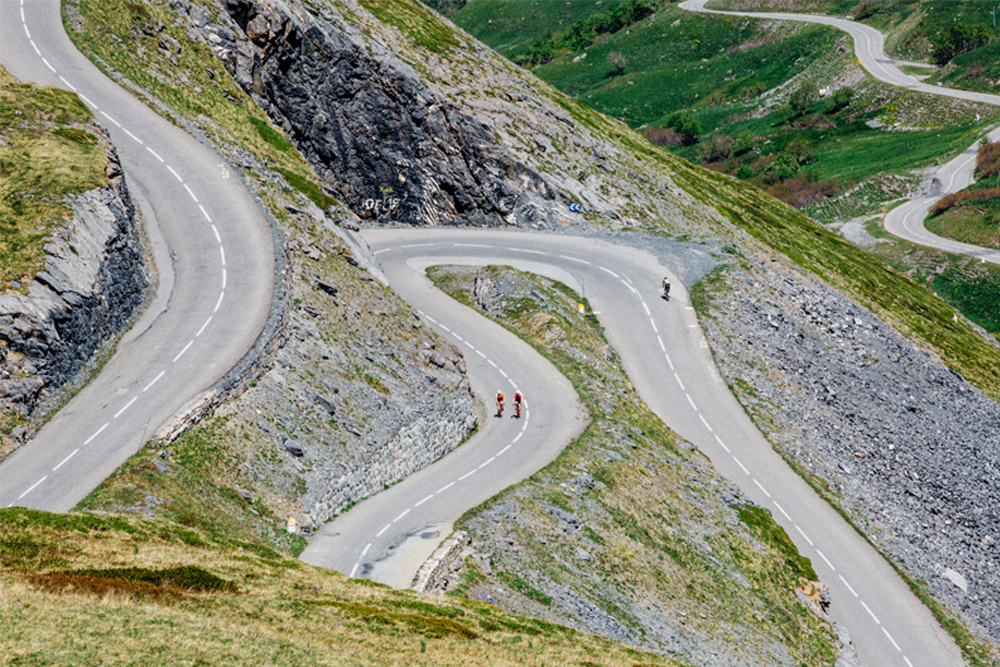
The Tour de France has crossed the Col du Galibier 58 times, 37 from the north via the Télégraphe. It was due to feature in 2015, however a landslide towards Bourg d’Oisans meant the Tour had to divert via the Col de la Croix de Fer.
It makes it's return on stage 17 of the 2017 edition of the Tour, where the riders will tackle it from its north side before descending down to the finish in Briançon.
It was the favoured climb of the man who founded the Tour, Henri Desgrange, and in 1949 a memorial to Desgrange was erected on the southern side, just by the entrance to the tunnel.

Thank you for reading 20 articles this month* Join now for unlimited access
Enjoy your first month for just £1 / $1 / €1
*Read 5 free articles per month without a subscription

Join now for unlimited access
Try first month for just £1 / $1 / €1
Richard Abraham is an award-winning writer, based in New Zealand. He has reported from major sporting events including the Tour de France and Olympic Games, and is also a part-time travel guide who has delivered luxury cycle tours and events across Europe. In 2019 he was awarded Writer of the Year at the PPA Awards.
-
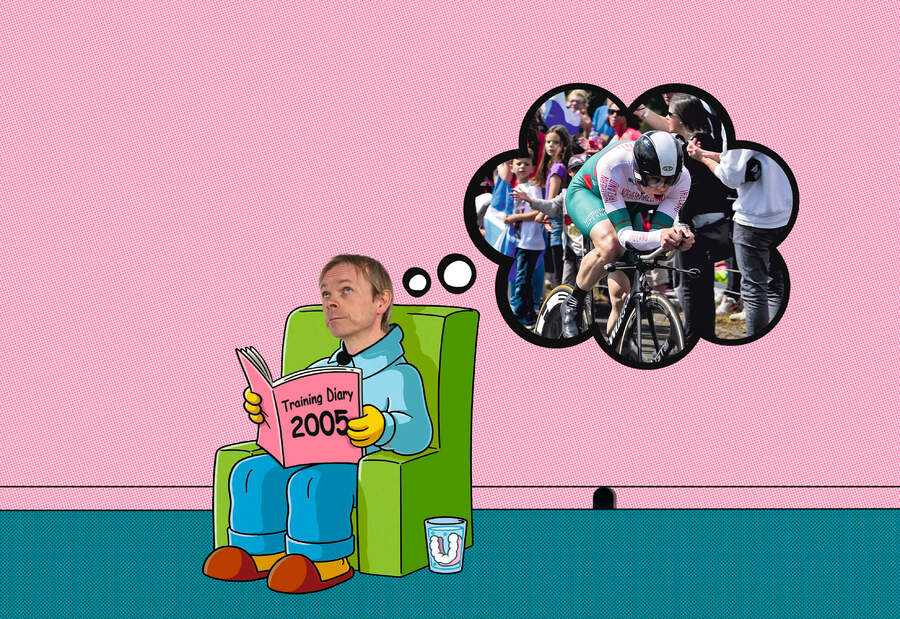 The thing that bothers me most when I look back at old school training is that right now we’re doing something equivalently misguided
The thing that bothers me most when I look back at old school training is that right now we’re doing something equivalently misguidedOur columnist's old training diaries reveal old-school levels of lunacy
By Michael Hutchinson Published
-
 Aero bikes with gravel wheels?: Six tech insights from Paris-Roubaix Femmes
Aero bikes with gravel wheels?: Six tech insights from Paris-Roubaix FemmesEverything we found out about tyre widths, self-inflating systems, and wheel choices from the cobbled Monument
By Tom Davidson Published